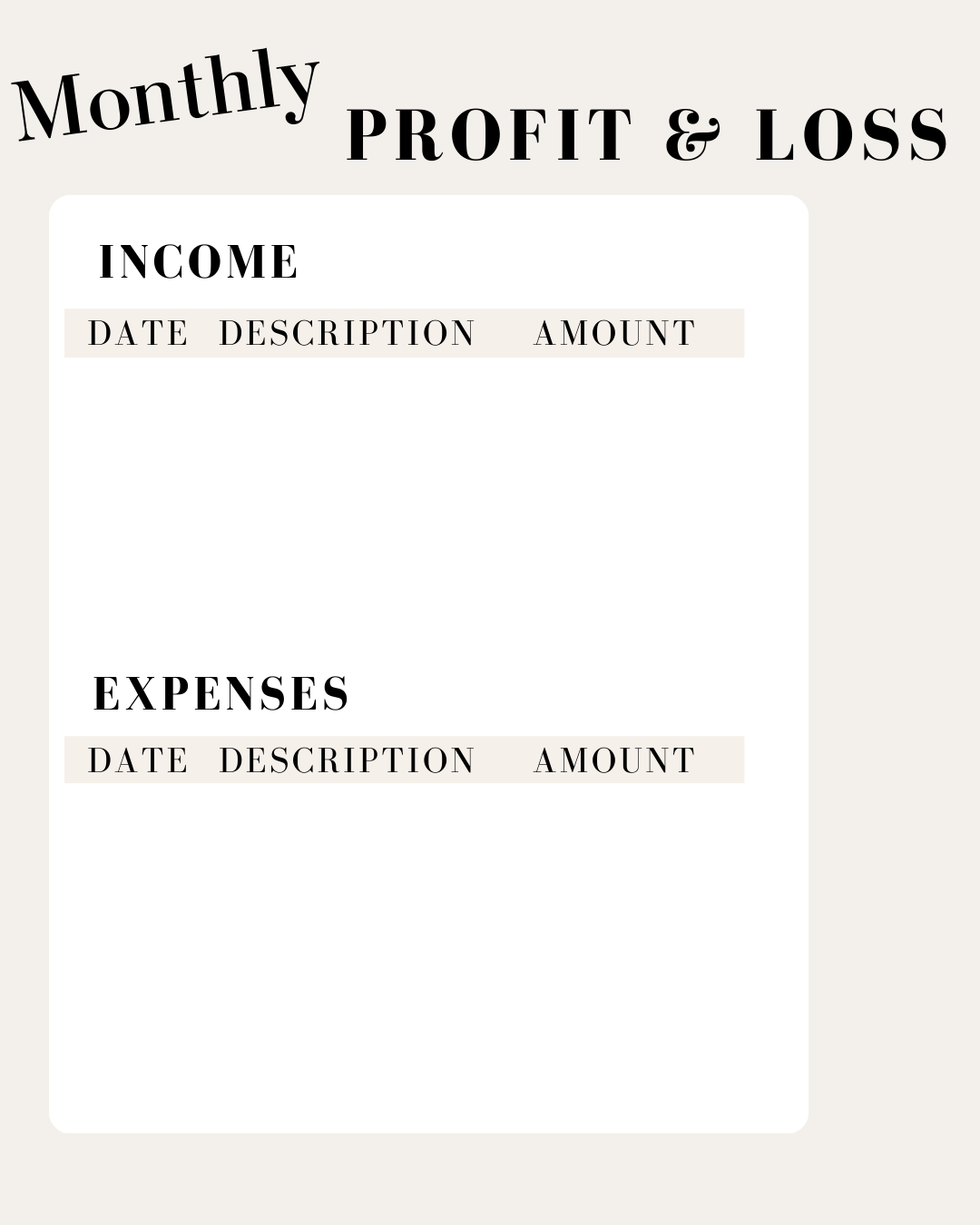#4 Profit and Loss Statement
Part 4 of 7
A P&L statement tracks the progress of the business over time and to benchmark against other businesses in the industry.
By comparing the P&L statement of your business to that of other businesses in the trade industry, you can gauge your business’ performance against competitors.
Comparing your business's profit and loss (P&L) statement to others in your industry is a valuable exercise to assess your financial performance and identify areas for improvement. Here are steps you can take to make meaningful comparisons:
Standardize Financial Statements: Ensure that financial statements are standardized for comparison. This may involve adjusting for any variations in accounting methods, depreciation policies, or other non-uniform accounting practices.
Industry Benchmarks: Use industry benchmarks and averages to compare your financial performance. Industry reports, financial databases, or industry associations often provide benchmarks for various financial ratios and metrics.
Identify Key Metrics: Focus on key financial metrics that are relevant to your industry. Common metrics include gross profit margin, net profit margin, return on assets (ROA), and return on equity (ROE). Compare these metrics to industry averages to gauge your competitiveness.
Size and Scale: Consider the size and scale of your business compared to others in the industry. Larger companies may have different cost structures, economies of scale, and financial capabilities that impact their financial statements.
Geographic and Market Differences: Recognize any regional or market differences that may affect financial performance. For instance, economic conditions, customer preferences, and regulatory environments can vary, influencing financial results.
Industry Trends: Stay informed about current industry trends and changes. External factors such as technological advancements, shifts in consumer behavior, or regulatory changes can impact industry dynamics and financial performance.
Benchmark Against Competitors: If possible, benchmark your financials against specific competitors rather than just industry averages. This can provide a more accurate reflection of your competitive position and highlight areas where you may need improvement.
Time Period Comparison: Compare your P&L statement over multiple periods. Analyzing trends over time allows you to identify whether your business is improving, declining, or maintaining stability compared to industry benchmarks.
Understand Deviations: Identify any significant deviations from industry averages and explore the reasons behind them. It may be due to unique business strategies, market positioning, or operational differences.
Seek Professional Advice: If interpreting financial statements and making comparisons is challenging, consider seeking the expertise of financial professionals or consultants. They can provide insights tailored to your specific industry and business circumstances.
Regularly monitoring and analyzing your profit and loss statement in comparison to industry standards will help you make informed decisions and strategically position your business within the competitive landscape.

